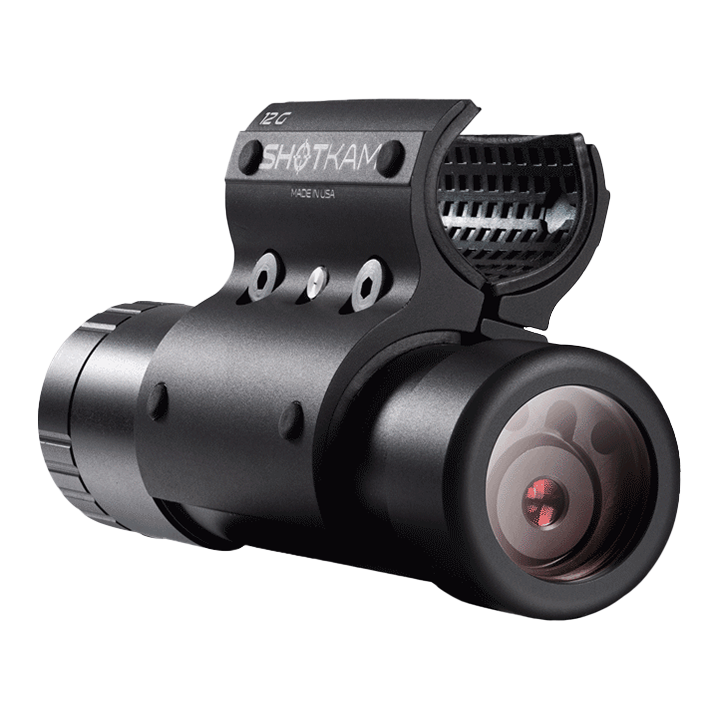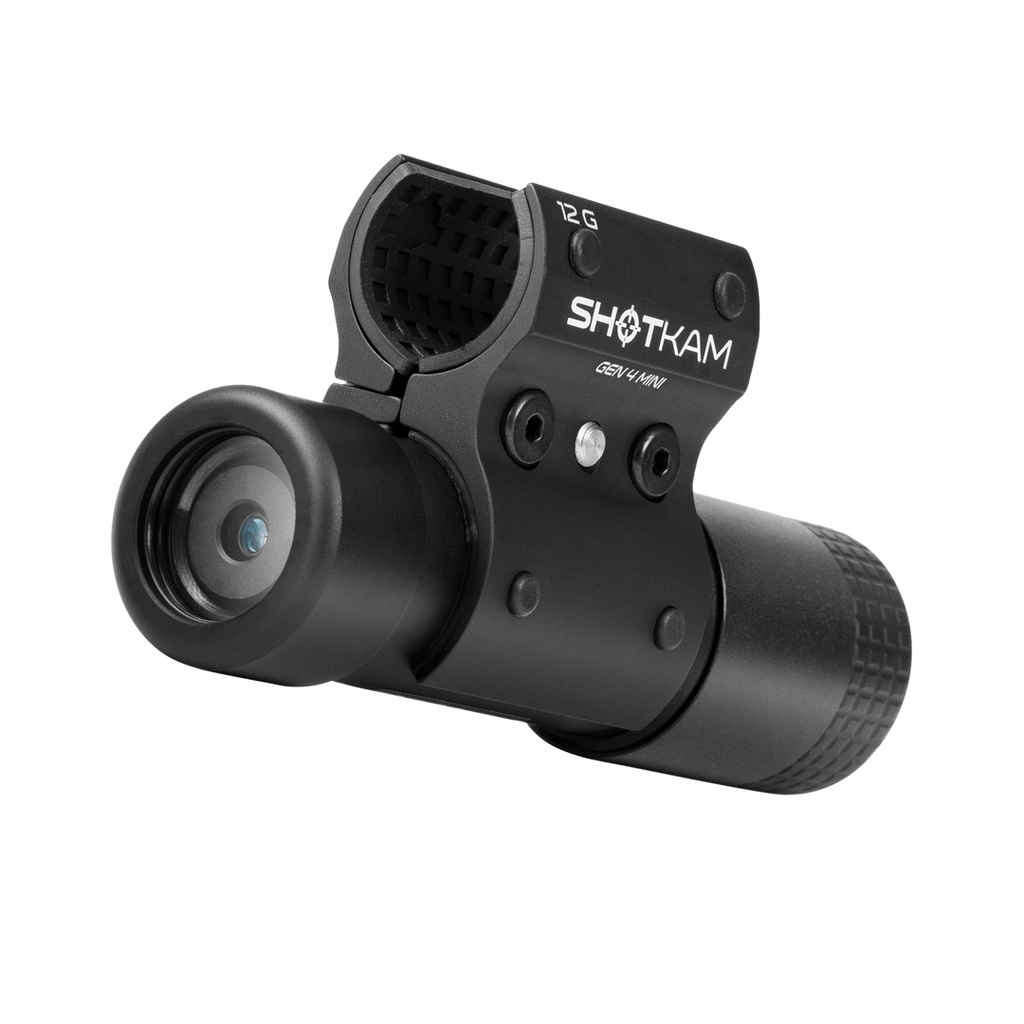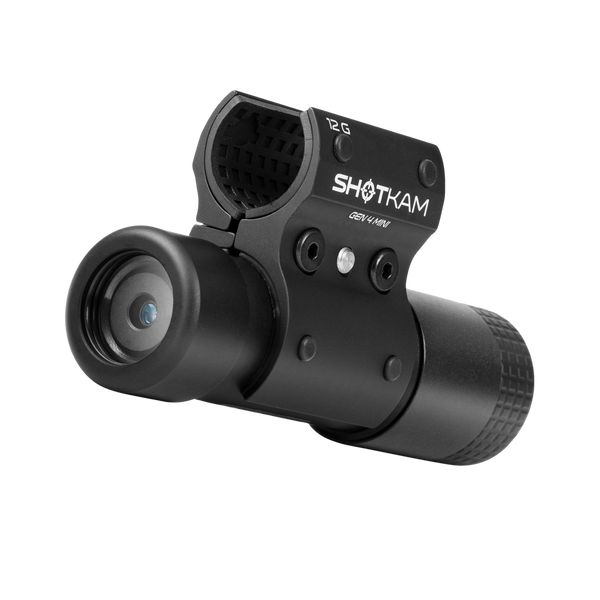Hunting Late-Season Pheasants
 Written by Andrew Johnson, Director of Dakota Pheasant Hunt
Written by Andrew Johnson, Director of Dakota Pheasant Hunt
Introduction
Pheasant hunting is a fair-weather affair for many hunters, but for those willing to head out in the cold and snow, a late-season pheasant hunt is more than worth the effort. Try these three tips to put more birds in the bag this winter.
I love chasing pheasants during the early season, but I secretly long for the short, cold days of December and January when birds are bunched up in the thick stuff and fewer hunters are afield. Part of me believes more hunters should be aware of the benefits of hunting late-season roosters. Selfishly, the other part of me wants to keep it a secret.
Process of Elimination
It boils down to a process of elimination. First, harvest seasons across North America’s primary pheasant range run concurrently with the early parts of pheasant season. As the corn, sunflowers, and other small grains are harvested, the amount of loafing cover pheasants can use during daylight hours becomes less and less each day. Additionally, snow can be your best friend during late season for a number of reasons, primarily because it pares down the amount of suitable cover pheasants have at their disposal even further. Ditches, pockets of marginal cover, wispy CRP (Conservation Reserve Program) acres, and other grassland areas are no longer an option because they don’t offer pheasants enough protection from the cold temps or they become too drifted over to offer pheasants a place to hide.

And last, the fact that fewer hunters brave the cold and snow opens more ground on both private and public land. There is simply less competition from other hunters from late November through the season’s closing bell, meaning hunters often have their choice of hunting the best locations.
With all that in mind, here are three quick pointers on how to make the most out of your late-season pheasant hunts.
Hunt the Thick Stuff
As fall transitions to winter, high-quality habitat becomes more and more important to a pheasant’s survival. Temperatures around 40 degrees and above are within a pheasant’s “thermoneutral” zone, meaning the birds do not need to use more energy to stay warm or keep cool. Once temps dip below 40 degrees, however, pheasants must start consuming more food for energy to stay warm and find heavy, thermal cover that helps them conserve that precious energy if they want to survive. In the Upper Midwest, freezing temps push pheasants into cozy havens such as cattail sloughs, especially if they're next to a reliable food source. Further south, where the climate's a bit more forgiving, pheasants prefer early successional habitat, a fancy term for a diverse blend of native grasses, weeds, and forbs.

When the winter wind whips and snow blankets the landscape, pheasants seek shelter in tree-lined strips or shelterbelts with dense undergrowth. Willows, plum thickets, and stands of cane become sanctuaries and can be ideal places to hunt on sunny winter days. But remember, pheasants have to eat to stay warm and survive, and they head to feed first thing in the morning. So, start your day hunting cover that’s near a food source — think corn, milo, or millet, even if the fields are harvested — as these are the most likely spots pheasants will gather throughout the afternoon hours. As the sun dips low, shift your focus back to areas with thick cover such as cattails or early successional habitat that can double as roosting cover. These thermal retreats are vital for pheasants to survive the long, cold nights, so use their dependence on heavy cover to your advantage during the golden hour.
Hunt Slow
Many hunters subscribe to the theory that early season birds typically sit tighter than late-season birds, which are likely educated and prone to flushing well out of range. However, when a pile of birds flush wild, remember that you are no longer hunting those birds. They’re gone. Your focus needs to remain on the cover you’re hunting — not on the tail feathers disappearing on the horizon. I’m a huge advocate for picking up the pace during most pheasant hunts so as not to give running birds an advantage, but experience has taught me that late season calls for a slower, more methodical approach. Heavy cover and snow reduce the birds’ ability to run. Plus, they’re usually burrowed in deep trying to stay warm and conserve energy.
Force yourself to weave through the best habitat. Wander this way and that. Trust your dog. Remember, it was born a better hunter than you, so let the dog do its job. Even when a number of pheasants flush wild when you first step into a field, usually one or two will sit tight, especially during the late season when they’re trying to conserve energy and not leave the protection of thick, thermal cover. Use this fact to your advantage and move slowly through the field. Fight the urge to give chase, and stay the course. Choose to focus on the stragglers, and you’ll likely be rewarded with close, heart-pounding flushes as a result.

Hunt Pheasant Sign
And last, make sure to always check for pheasant sign in and around the edges of cover. Droppings, feathers, or tracks in dirt, mud, or snow are more visible late in the season. The absence of pheasant sign should be a red flag. But some hunters, including me, often hedge their bets thinking all late-season cattail sloughs or switchgrass stands are created equal. A few years back, some friends from Wisconsin joined me for a mid-December hunt in my home state of South Dakota. Winter weather arrived with them, and the combination of freezing temps and snow had us excited to hunt. I had a few cattail sloughs earmarked on some public ground where I thought birds would be hunkered in tight, but the first day didn’t pan out as expected—leaving us with only three birds to show for our effort.

We were stumped, but one thing we all agreed on was there was a noticeable lack of pheasant sign anywhere in and around the public areas we walked. We returned to the same general area the next day, but instead of pounding the same spots, we scouted a half-dozen other public parcels until we found a Walk-In Area with pheasant tracks racing up and down the ditch. Two hours later we had nine birds in hand, which can make any below-freezing day seem balmy. The moral of the story? Don’t hunt memories. Instead, do your homework and know without a doubt that there are birds in the area.

Late is Great
The cold winds and drifting snow might make the walk seem a little longer, but the combination of fewer hunters and bunched-up birds makes hunting late-season pheasants worth the effort. Give it a try in the coming weeks, and see if you can’t close out the year with a bang.
Find Andrew:
Twitter: @HuntPheasant
YouTube: @DakotaPheasantHunt
Website: dakotapheasanthunt.com
You are reading:











